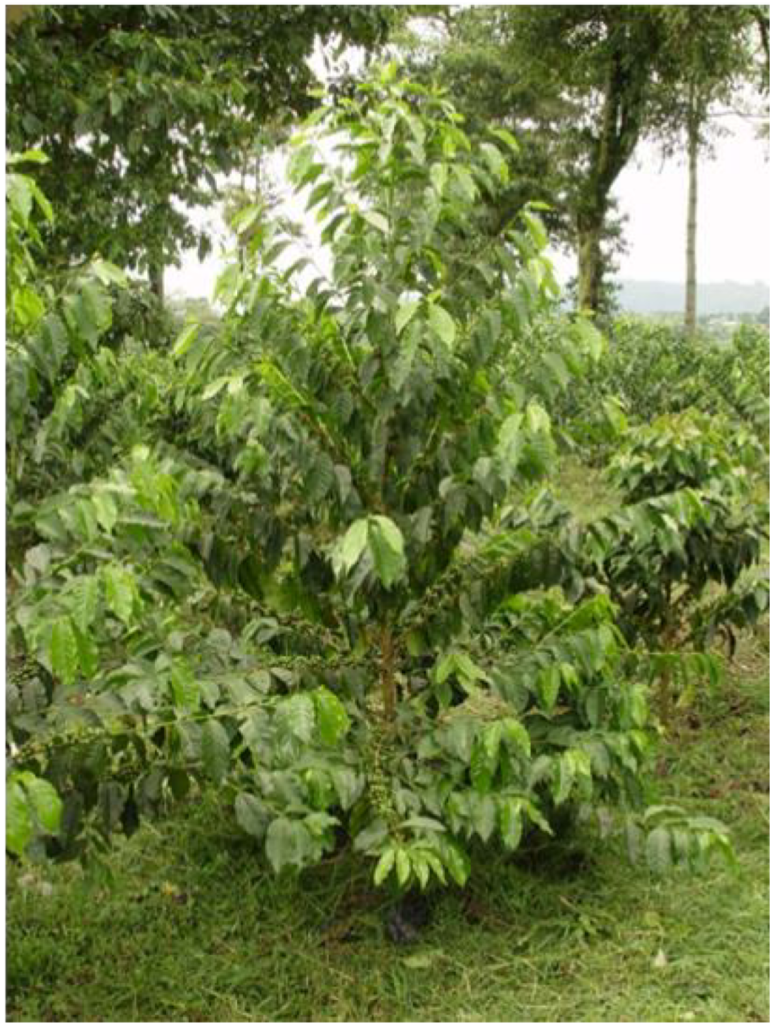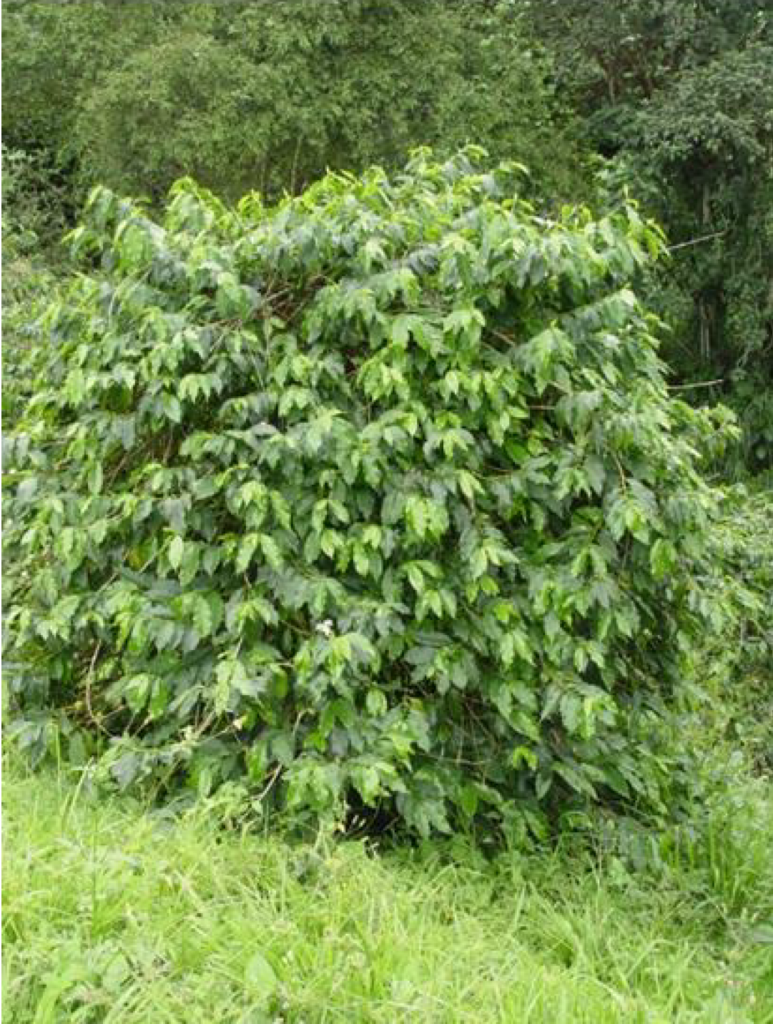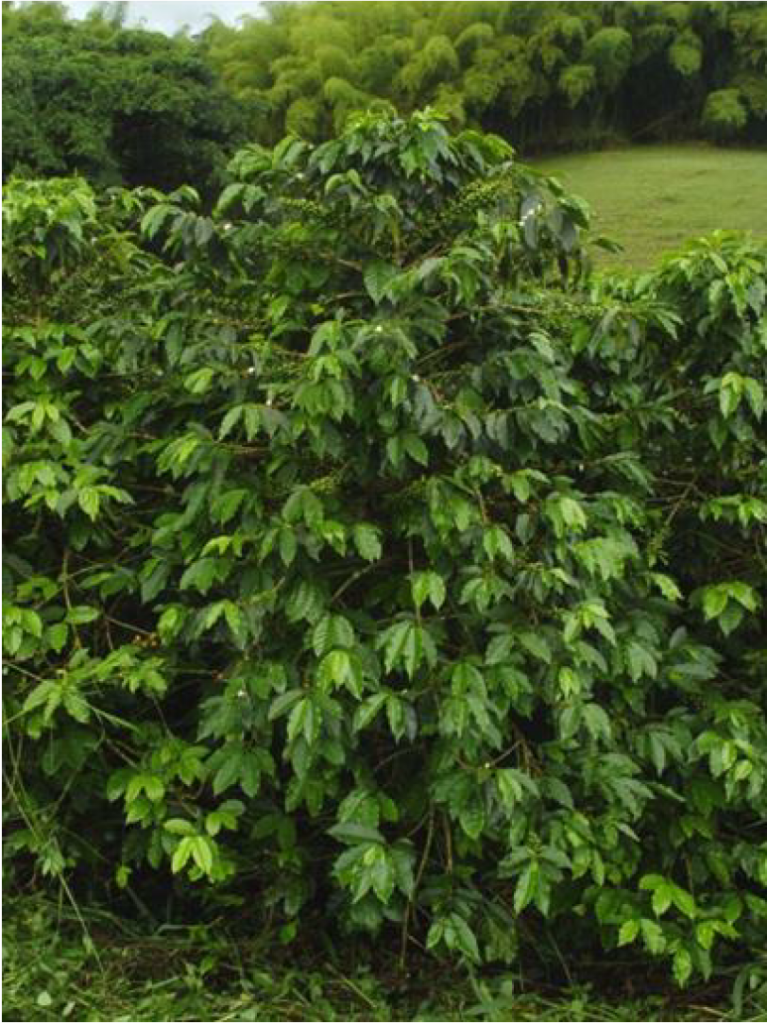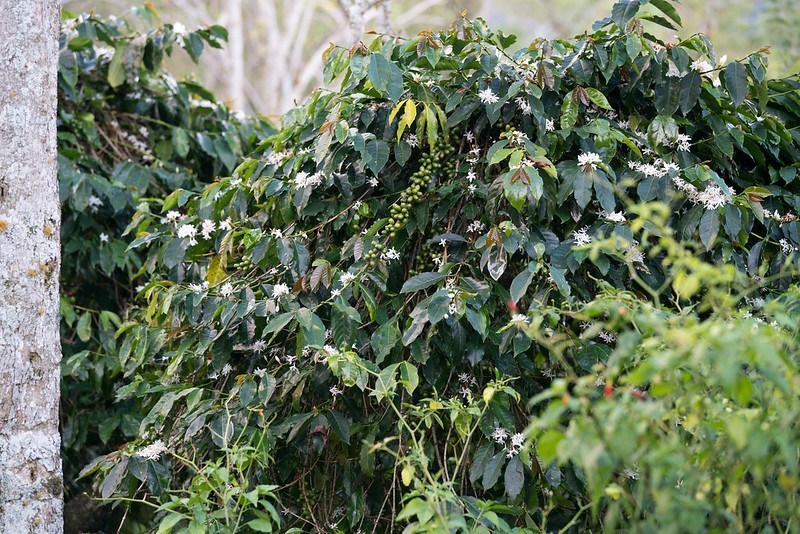Today there are hundreds of coffee varieties growing globally. However, there are only a handful responsible for transforming the world’s coffee industry forever.
Typica
If you have ever been to Peru, probably you have noticed there are hundreds of different varieties of potatoes growing and available, around 2000 to be more exact. Peruvians unlike many of us, consume different potato’s colors, sizes, textures and flavors.
Why do people all over the world only have access to one type of potato?
Surprisingly, the answer is very trivial. By the time the Spanish conquered Peru in 1526, the only type of potato that survived the trip back to Europe and was able to grow in European soil from the potatoes originally selected to make the trip, was the one we all know today.
Therefore, it has a lot more to do with luck and probabilities than with taste, adaptability, yield or general performance.
Likewise, Typica was the first domesticated coffee variety to leave Yemen. Smuggled by Dutch missionaries into Indonesia in 1696. As the common potato, Typica wasn’t necessarily the highest yield, nor the best suitable, nor highest pest resistance variety available in Yemen. However, it was the first and the only one to grow overseas. Subsequently Typica would mutate and hybridize, creating hundreds of varieties common today. Around 99% of all coffee varieties today carry genes from the original Typica variety. Only Ethiopia and Yemen grow varieties unrelated to the original Typica. (Geisha as well, nonetheless Geisha is an Ethiopian variety). Similarly, as Peru enjoys so many potato varieties. Ethiopia’s forest is home for thousands of Arabica’s varieties, a few domesticated but most of them still unknown.
It is worth mentioning Typica offers an outstanding cup quality and profile. However, this became relevant only recently when coffee quality started to be an issue.
How can I identify it?
Small spear shape leaves, elongated cherries, one main stem, long distance between branch, cherry and leave’s nodes. Immature leaves are usually copper color.

Bourbon
Bourbon was the first Arabica’s coffee mutation in written history. Occurred in the Bourbon island (Now Reunion) a few years after its introduction. Bourbon was the first high yield, widely adaptable coffee tree. Therefore, distributed all over the world and the most successful coffee cultivar for centuries, responsible for the entire global coffee production until the first leaf rust outbreak (Hemileia vastatrix) in Sri lanka in 1869. Where the entire coffee supply and trees were wiped out.
Due to its versatility, Burbon has been part in hybridation of new varieties until this day.
How can I identify it?
Young leaves may be green or bronze in color and mature leaves are generally larger than Typica leaves. Plagiotropic (secondary) branches grow at a slight angle, roughly 60° from the main (orthotropic) stem. Bourbon cherries are generally more round than Typica cherries.

SEE ALSO: Why should you start roasting your own coffee?
Caturra and Villa Sarchi
Caturra is a Bourbon’s mutation discovered in Brazil in 1915. Coincidentally, the same variation was simultaneously described in Costa Rica and named Villa Sarchi. Neither of them stand out, in terms of adaptability, pest resistance, nor cup quality and profile compared to Bourbon. However, both varieties are essential part in hybrid coffee cultivars, commercially grown around the world today.
In the wild, coffee grows towards the light under the forest canopy. The plant has adapted to extend several meters from the ground up, exposing its leaves to residual sunlight left by forest’s main trees.
For harvesting reasons this feature is a problem, Typica and Bourbon trees, when un-pruned or un-managed, would grow up to 20-30m (60- 100 feet) into the air, turning harvesting extremely hard.
Although pruning help solving the problem, it negatively affects final yield because both varieties have long inter-nodal distance between cherries, leaves and branches. The solution to this problem was to make smaller trees.
Both Villa Sarchi and Caturra are varieties that grow up to 8 feet on average. Perfectly matching human size and therefore turning harvesting affordable and easy. Since they were discovered they are essential part of coffee hybrids commercially grown in the world today.
How can I identify it?
They are hardly found as independent varieties, usually present as some sort of hybrid, they are small but not dwarf (Unlike San Ramon variety that is an adorable dwarf tree, almost a coffee bonsai). It shares the same characteristics as Bourbon but in a smaller scale.

Timor Hybrid
Without a doubt Timor Hybrid is the most revolutionary Arabica coffee variety ever.
After leaf rust (Hemileia vastatrix) disease spread from Sri Lanka throughout south east Asia, starting in 1865. The global coffee supply suffered a major loss. The main coffee producers of the time, Seylon (today Sri Lanka) and Java, were near collapse within a few years. The only feasible solution to overcome the crisis was switching crops from coffee to tea. During 35 years the global coffee supply struggled until the Dutch introduced Robusta coffee into Indonesia to satisfy demand (early 1900). During this time of crisis, the British had no option other than becoming the famous tea drinkers they are today.
After a few years, Robusta coffee crops spread throughout many Indonesian islands. One of them Timor. A divided island between Indonesia and East Timor. (Portuguese colony during the time). In this small nation, some leaf rust surviving Arabica trees remained in proximity to the newly introduced Robusta coffee.
Although Arabica coffee is 85-95% asexual and pollinate with itself even before bloom. The unexpected happened and Arabica sexually crossed with Robusta. For the very first time in history two different commercial coffee species naturally hybridized, delivering the newly Timor hybrid variety into the world.
Changing the world
The Timor hybrid variety inherited leaf rust resistance from Robusta and all physical attributes from Arabica.
Although hardly found in its pure form today, hybrids and descendants from the original Timor Hybrid have allowed Arabica coffee crops to return back to east Asia and now that leaf rust has become endemic to the entire world, it is almost impossible to grow coffee anywhere without them.
Today, more than 85% of the global coffee production have Timor hybrid variety genes in one way of another. Turning the “100% Arabica Coffee” featured in coffee bags somehow questionable.
How can I identify it?
It is hardly found as independent variety, it has beefy and wide leaves, immature leaves are copper color, multiple main stems, short intermodal distance between stems, cherries and branches. Numerous cherry clusters per branch resembling Robusta.

SEE ALSO: Why should you learn to taste coffee?
Honorable Mentions
Mundo Novo: First 100% Arabica variety with leaf rust resistance. Still relevant today through its descendant Catuaí. The most successful and adaptable 100% Arabica variety.
Castillo: The first multi-line Catimor, a variety with around 50 different genetic variations that allow us to fight leaf rust today and also when it turns more resilient in the near future.
Geisha: Unquestionable higher quality profile than any other variety, however its minuscule yields and commercialized volumes are insignificant in a global scale.
SL34 and SL28: Only Bourbon varieties with drought resistance.
